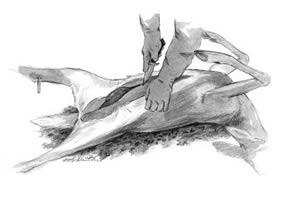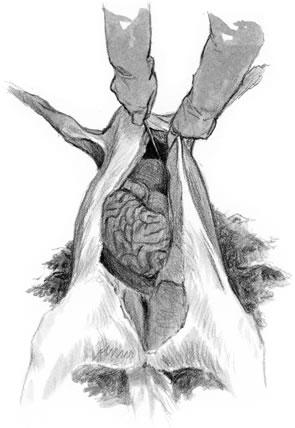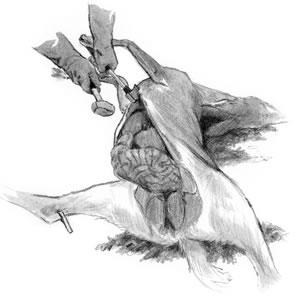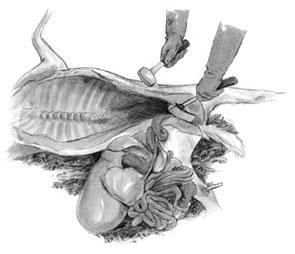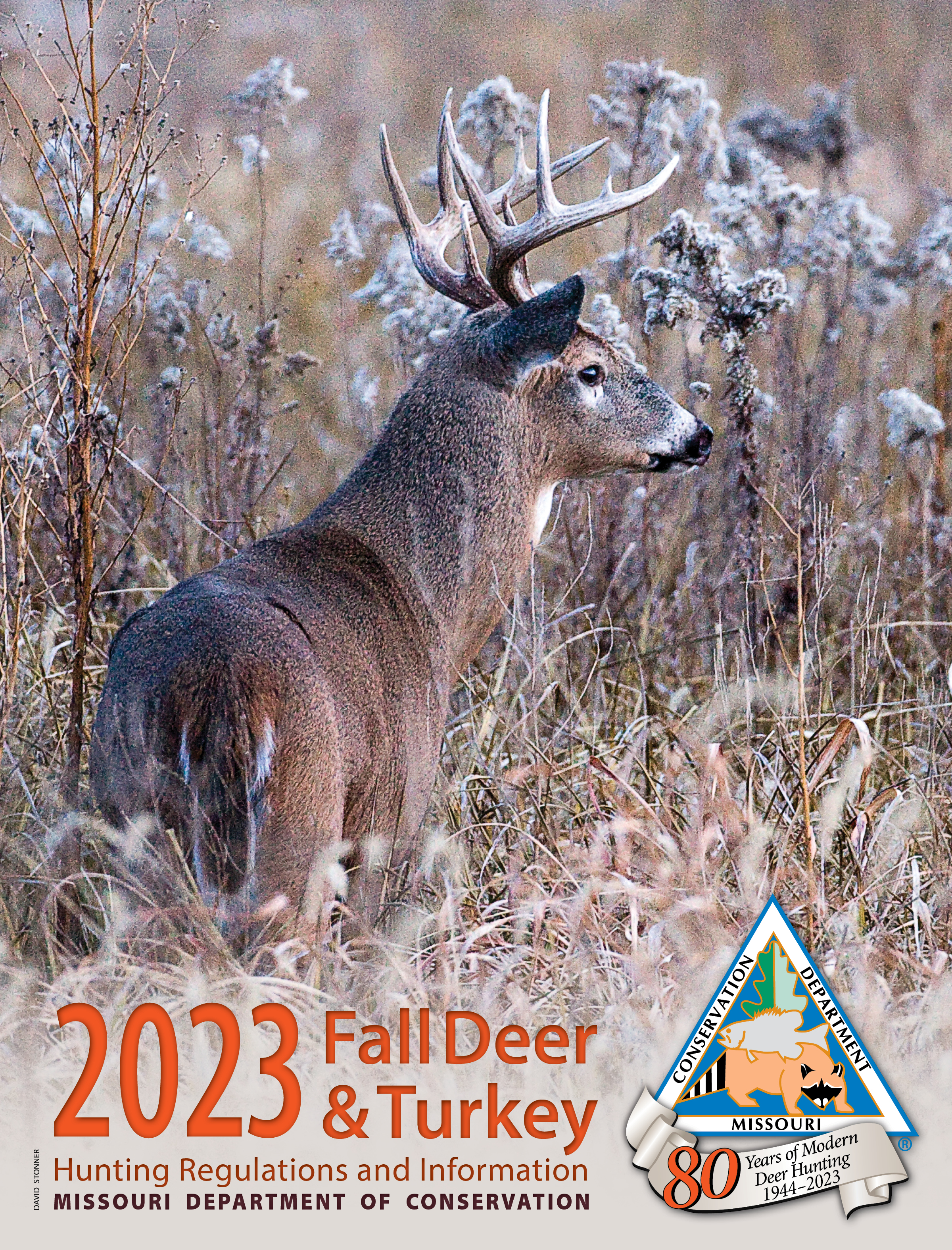Title
Make Sure the Deer is Dead
A deer down is not necessarily a deer dead. A wounded deer can hurt you, so reload and watch the deer from a short distance. If you do not detect movement after a few minutes, cautiously approach from behind the deer’s head. Set your firearm or bow aside only after you are certain the deer is dead. If the eye does not blink when touched with a stick, it’s yours.
Title
Field Dress Immediately
Field dress the deer immediately to ensure a rapid loss of body heat. Hang the animal head-up or lay it on a slope with the rump lower than shoulders.
Strong juices from the paunch will taint the meat and should be removed if the animal was shot in the gut or if you accidentally cut the paunch while field dressing the deer. A rag, a bunch of leaves, or water may be used to wipe away the juices. Some articles state the carcass should not be washed with water due to potential bacterial growth. However, washing with water and patting the cavity dry is the appropriate procedure when cleaning a punctured paunch.
Title
Don't Carry the Carcass on Your Shoulders!
The carcass should be dragged or carted out of the woods and not carried on your shoulders. Another hunter could mistakenly shoot at the deer on your shoulders. An easy way to drag a buck is by its antlers. Some hunters tie the front feet behind the head of the carcass to keep them from catching on brush. When dragging fawns or does, create a handle with a strong stick between the hind hocks. You can avoid the back pain from dragging your deer by using a deer cart. Deer carts are becoming a popular choice, and there are many commercially produced options.
Wrap the Carcass Before You Drag it
Wrap a piece of cloth around the carcass to keep dirt and flies out of your future meal as you drag it out of the woods or transport it.
Title
Keep the Carcass Cool
The deer should be as clean and as cool as possible during transport. If you have a long trip home, place a plastic bag full of ice inside the carcass to keep it cool.

